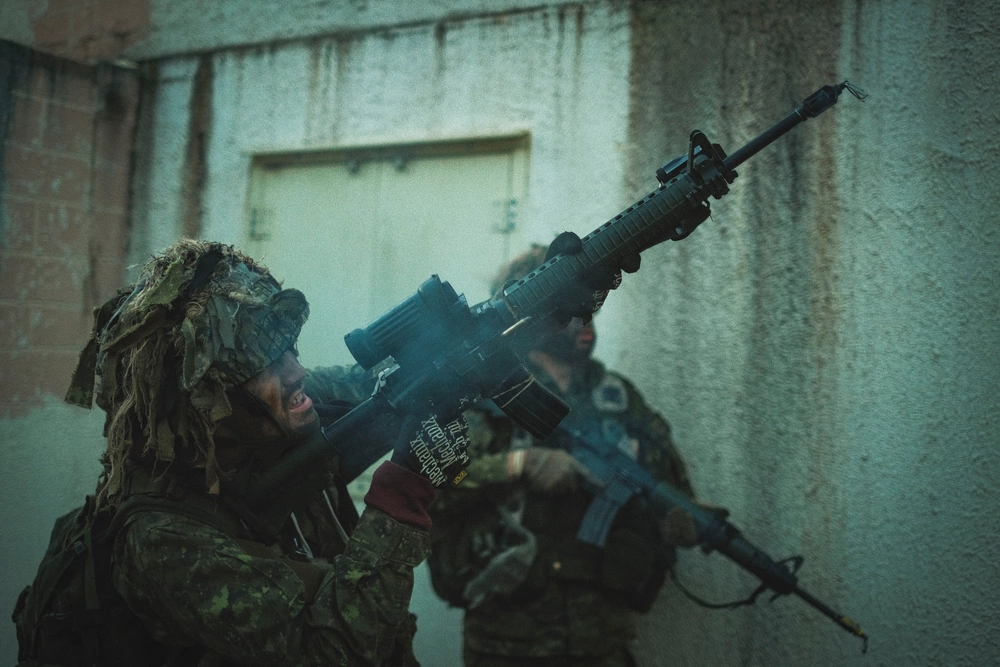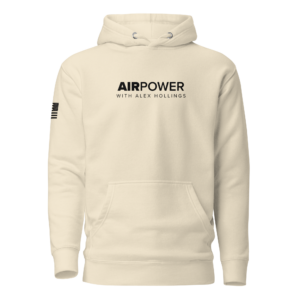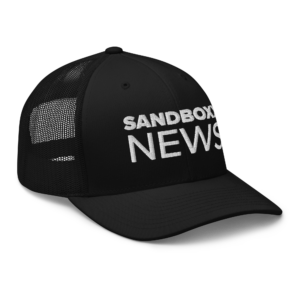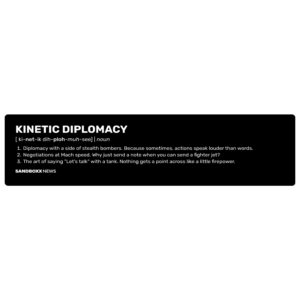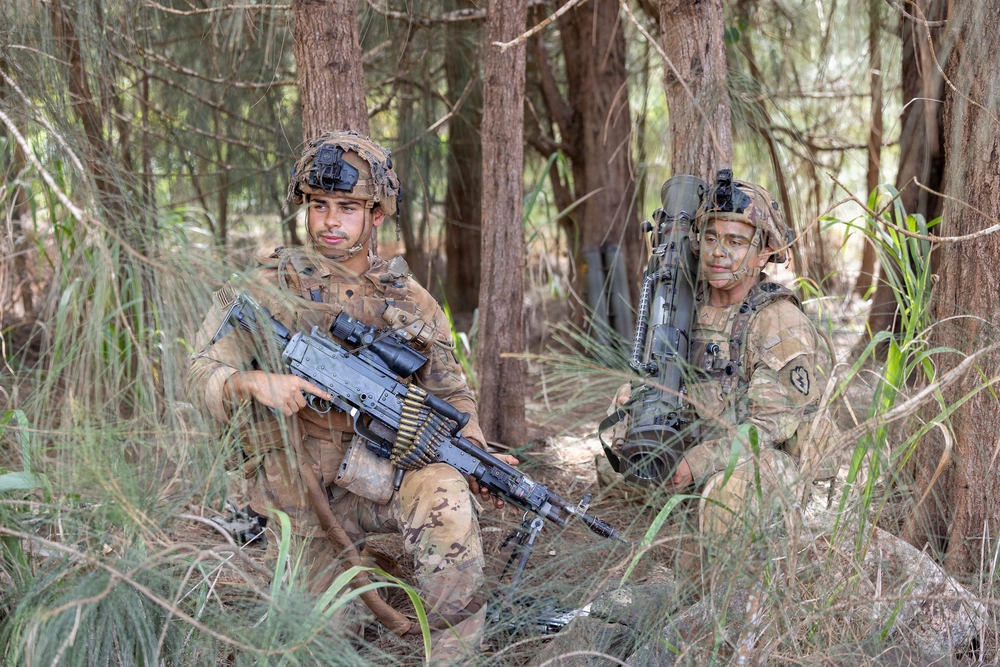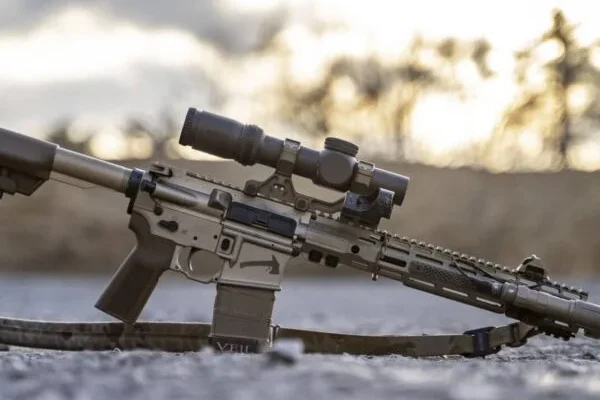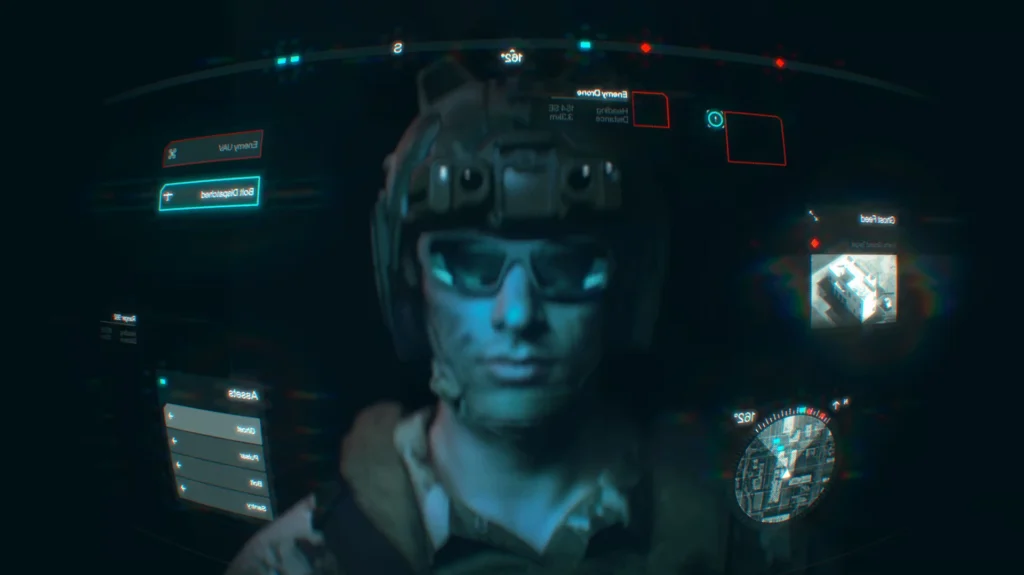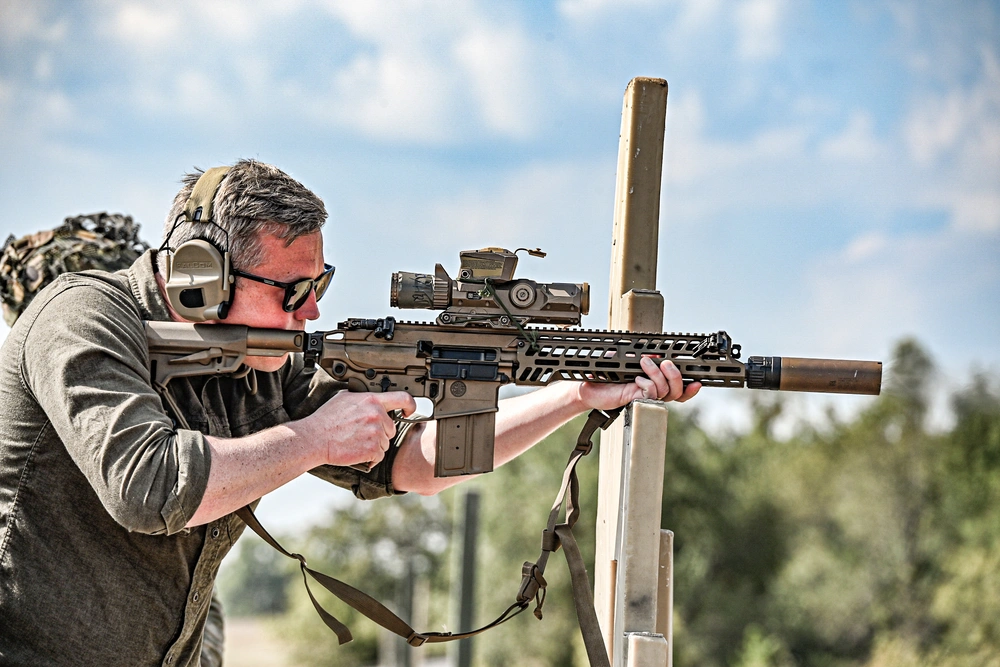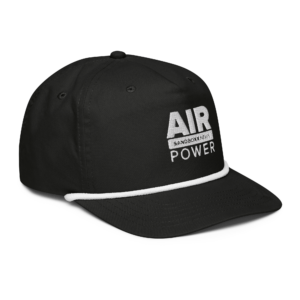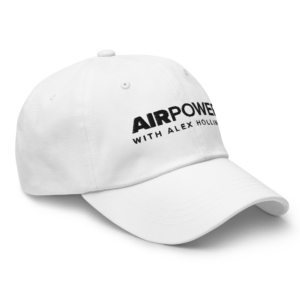The Canadian military uses rifles that are very similar to those of the United States, but also different in very interesting ways. When it came time to move to a modern assault rifle in the 1980s, the Canadians rejected the SA-80 family and embraced the C7 and later the C8 series instead.
The C7 and C8 come from a company called Colt Canada, formerly Diemaco. The C7 and C8 series embrace the American ArmaLite AR-15 design but with a bit of a maple syrup twist. While, at first glance, the rifles seem identical to the American M16 family, the subtle differences are worth noting and fascinating to nerds like me.
The Canadian military’s adoption of an AR-15-type rifle came around the same time the United States was developing the M16A2 project. The Canadians already knew a bit about the M16 series since an officer from the Canadian military worked as a liaison with the USMC during the M16A1 Product Improvement Program. This allowed information to be freely passed to the Canadian military and to Canada’s Rifle Replacement Program Office.
Canada considered several entries to replace the FN FAL it was using until the 80s, but narrowed it down to the FN FNC and the M16A2. The M16A2 was chosen, but wasn’t wholeheartedly accepted.
Canada didn’t have a state arsenal, so after acquiring the rights to build M16s, it turned to Diemaco to make the improvements it wanted to the M16A2.
Diemaco ditched the silly threee-round burst in favor of a semi-auto and full-auto setting. It installed a stronger handguard with interlocking notches and cold hammer forged barrels. Also, rather than sticking with the more complicated A2 sight, it installed the simple rear sight of the M16A1 that makes way more sense for an infantry rifle. Further, instead of M16A2 stock, which was too long for an infantry rifle, it used an M16A1 length stock that adjustable via a system of spacers to accommodate a majority of shooters.
All these changes made the C7 a much better rifle than the M16A2. In fact, Diemaco fixed everything I’ve always thought was foolish with the M16A2, except for the government profile barrel.
Canada also wanted a shorter carbine version of the C7 rifle. This became the C8. The C8 featured a 14.5 inch barrel with an A1 profile. This reduced its weight and made it light and handy. Like the M4, the C8 had an adjusting stock. However, besides these two differences, the C8 had most of the C7’s features, like the sights, full auto setting, and cold hammer forged barrel.
The Canadian evolution
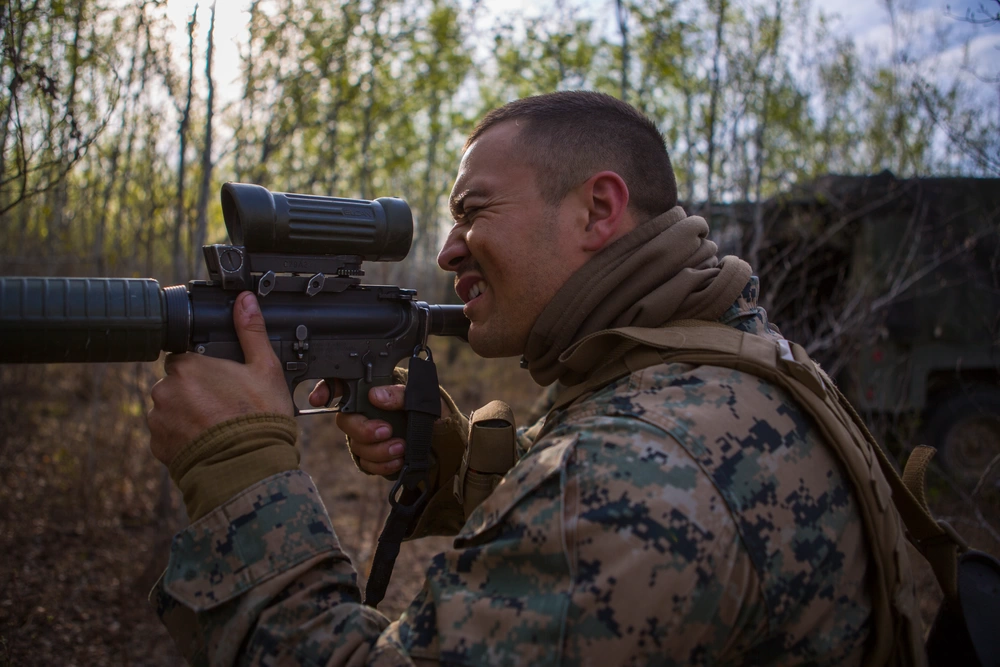
Starting with the A1 series, the C7 and C8 underwent several upgrades throughout their lifespan. These upgrades seemed to be done quite cleverly and better matched the rifles to the modern environment.
To mount optics, the C7A1 and C8A1 knocked off the carrying handle in favor for a Weaver rail (which is often called the “Canadian rail”). Canada’s development of the optics-ready AR predated the U.S. adoption of Picatinny rail systems.
The optic of choice for these rifles is the ELCAN C79, a 3.4x28mm optic. This prism-type stock proved to be extremely rugged and well-made. The ELCAN series used horizontal and vertical mil-bars for windage and bullet drop estimation.
Related: Indonesia’s Pindad SS2 – Service rifles from around the world
Enter the A2 and A3
After Canada’s involvement in Afghanistan the Canadian forces improved the C7A1 into the C7A2. The big difference we see with the C7A2 is the removal of the semi-fixed stock for a four position telescoping stock, similar to the M4 and identical to the C8. This allowed for faster and easier adjustments while in the field.
Another notable, but less noticeable improvement were its ambidextrous controls that included an ambidextrous selector lever, magazine release, and charging handle latch. Upfront and beneath the front sight, the C7A2 featured a triad of rails for attaching accessories.
The C8A2 was another design improvement guided by experience in Afghanistan. It features a heavy profile barrel. The Canadians must have felt their pencil-thin barrels were not accurate enough when they got a little warmer through firefights.
The C7 didn’t get an A3 variant, but the C8 did. The C8A3 descended from a variant known as the C8FTHB, which stands for “Flat Top Heavy Barrel.” The C8A3 features a 15.7mm heavy barrel, ambidextrous controls, and the triad rail.
Beyond Canada and variants
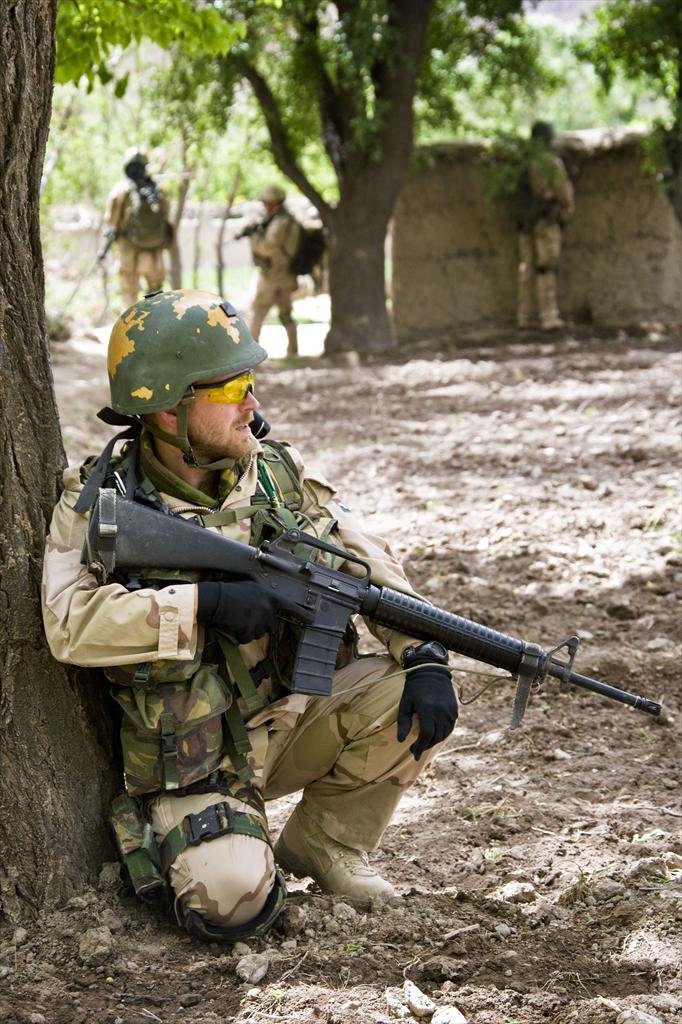
There are several variants of the C7 and C8 series.
C8SFW or Special Forces Weapon, is a variant of the C8 with a slightly longer 15.7-inch long heavy-profile barrel.
The C7CT and C8CT are designated marksmen variants designed to expand the squad’s effective range out to 600 meters. These rifles featured a free floating barrel, bipods, suppressors, and long range optics.
The C8CQB, which stands for Close Quarter Battles, is tailored for short range combat and copies the American Mk18 series and uses a 10 or 11.6 inch barrel. There is also a PDW variant with a 5.7 inch barrel.
The C7 and C8 series were extremely successful rifles. Both have gone on to serve multiple countries, including Great Britain, the Netherlands, Denmark, Botswana, and Ukraine during the Russian invasion.
These rifles are very capable and well designed platforms. Canada has an excellent service rifle and its maple syrup twist proved that it could hold its own with the Stoner design.
Feature Image: A Canadian soldier with the 39 Canadian Brigade Group fires a C7 rifle at an entrenched enemy at Pointe Du Hoc Training Area during Exercise Cougar Siege on Joint Base Lewis-McChord, Wash., May 12, 2023. Exercise Cougar Siege is a Canadian-led combined arms training event focused on urban combat operations in order to maintain tactical proficiency and interoperability with key allies. (U.S. Army National Guard photo by Sgt. Remi Milslagle)
Read more from Sandboxx News
- Unusual and unconventional artillery shells
- Air Force has revealed world’s first two AI-piloted fighter drones
- New details emerge on the F-47, America’s 6th-generation stealth fighter
- America’s power grid could be vulnerable to Chinese hijacking, report finds
- F-35 will be upgraded to the twin-engine F-55, says President Trump. But how realistic is that?

